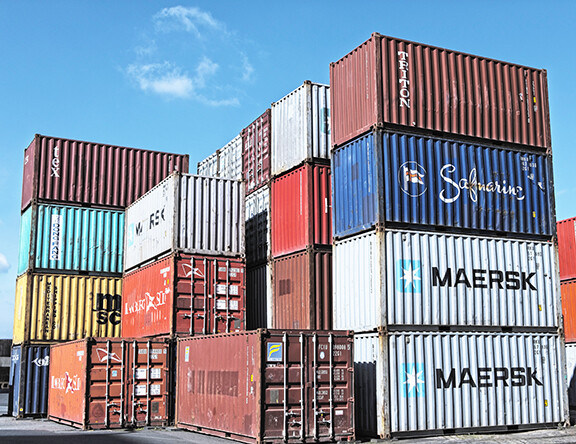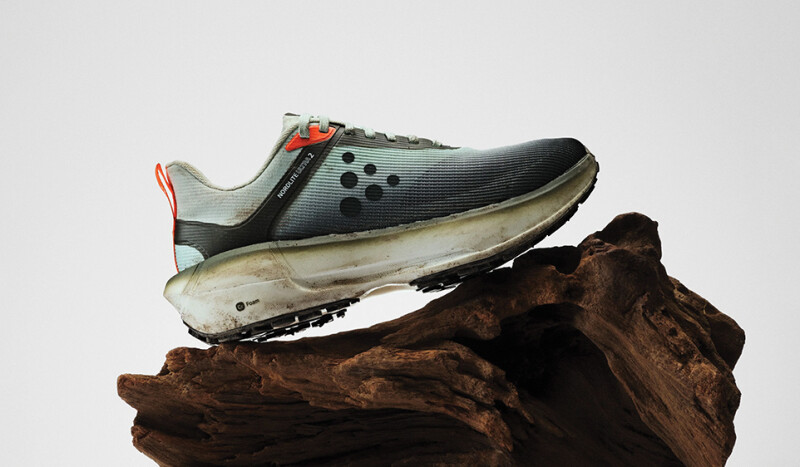By all measures, upstart trail running shoe company Speedland is well out of the gates and gaining a following. Co-owners and founders David Dombrow and Kevin Fallon launched their “pinnacle” trail shoes over three years ago, producing 15,000 pairs in 2024, with plans to double production in 2025. But just as Speedland gains traction, it may face an obstacle many other manufacturers and retailers are wrestling with: The impact of potential tariffs promised by President Donald Trump.
Like so many in the running industry, Speedland manufactures overseas, largely in China, the nation directly in Trump’s crosshairs. That leaves running shoe and apparel companies scrambling for a strategy to lessen the impact. “We’re already investigating options in Vietnam, if that’s where we need to go,” says Dombrow. “We’re hoping to avoid disruption if possible.”
Memories of costly supply chain disruptions still loom large for run manufacturers and retailers — and most are loathe to return to those days. They also hope to avoid passing along costs to consumers, who already feel the pinch of the recent inflationary period. For its part, Speedland says it will avoid raising the price of its premium shoes, which retail for $275. “That’s not our objective,” says Dombrow. “We would find other ways to mitigate costs.”
Unfortunately, for most companies, there are no easy answers. “Diversifying your supply chain is hard and won’t happen overnight,” says Canan Gunes Corlu, associate professor at Boston University and coordinator for supply chain management programs. “There’s a good deal of uncertainty and I’d advise companies to play out potential scenarios and determine how it will affect your supply chain.”
According to the American Apparel and Footwear Association (AAFA) president and CEO Steve Lamar, the fashion and footwear industry already pays more than its share of duties for U.S. imports— adding tariffs would be untenable, he says.
“Already, U.S. footwear importers pay 4.5 times the average duty-rate paid on most other U.S. imports,” he explains. “Fashion’s share of total U.S. imports is about five percent, while fashion’s share of total duties is 25 percent — that’s not a race we want to win.”
Lamar hopes that instead, the incoming administration will focus on issues like the ongoing Houthi attacks in the Red Sea and contract negotiations at the East and Gulf-Coast ports, which fuel inflationary pressures. “These logistics and safety concerns – not new tariffs – should be what the president addresses on Say One,” he says.
Still, companies should be planning on the tariffs and the potential disruptions and added costs, says Gunes Corlu. While bringing manufacturing back to the United States might be the ideal, it’s not the most viable option for most companies, she says.
“That’s the whole idea behind tariffs,” she says. “But in practice, it didn’t’ work that way in 2017. If you look at the data, U.S. manufacturing jobs didn’t increase, because we don’t have the infrastructure and we don’t pay the wages required to attract people to the jobs.”
A more realistic approach, then, is for companies to look deeply at their supply chains. “Your Tier One manufacturer might not be in China, but their partner might be, which means everyone is exposed to tariffs,” says Gunes Corlu. “Develop a playbook — if X happens then you will do Y, for example.”
Some companies will be better prepared for this than others, having improved supply chain visibility tools during the pandemic, for instance. But the challenges ahead will be difficult for every player in the industry, should the tariffs come to pass.
Speedland, for instance, is a largely direct-to-consumer brand, but it also sells in a choice handful of specialty retailers. While small on the scale compared to legacy running shoe brands, Speedland serves as a microcosm of just how complicated supply chains are, and how many resulting players may be impacted by tariffs.
For now, says Dombrow: “We’re exploring many options, including the potential to manufacture in the States.”






